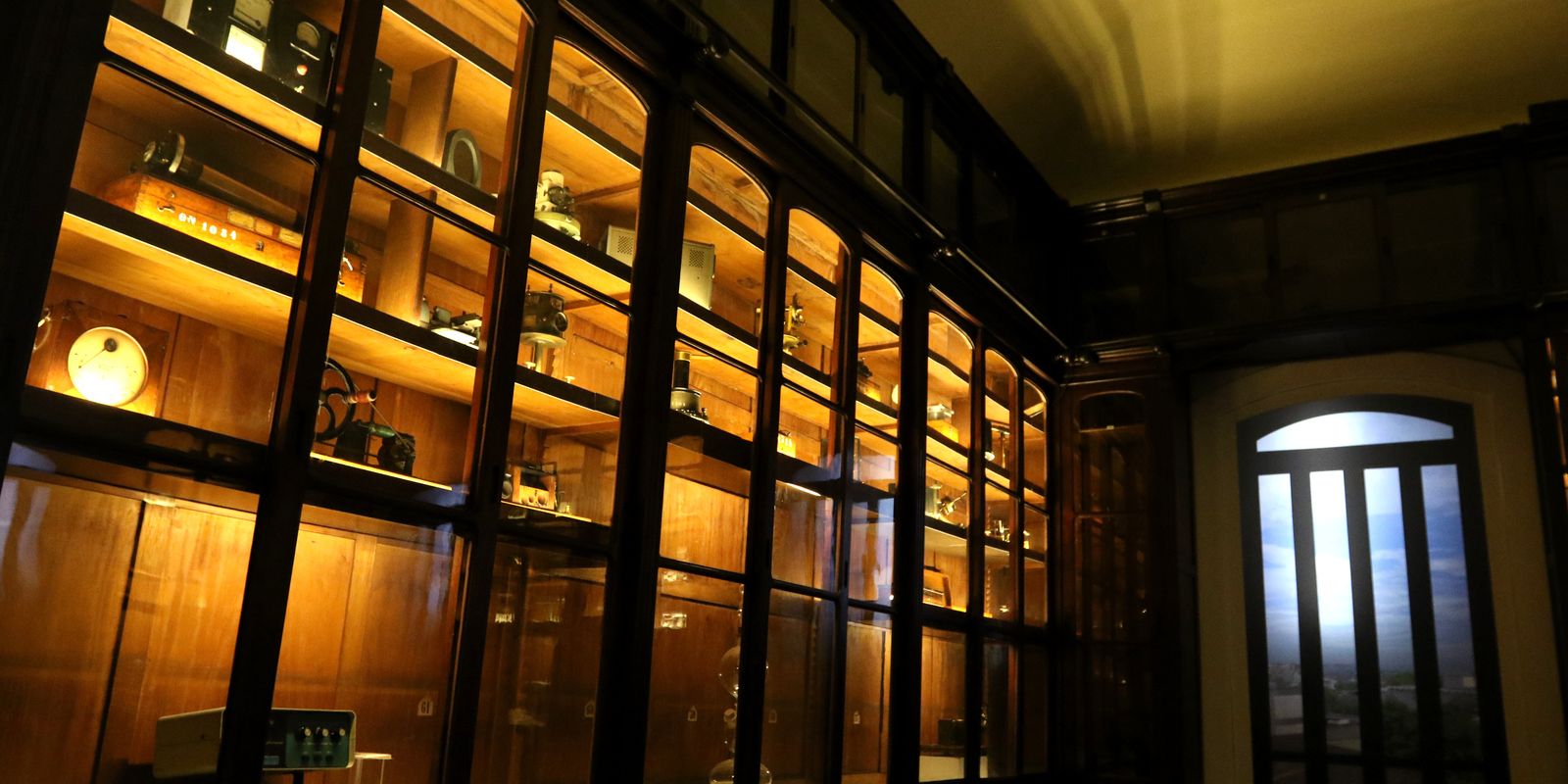A new exhibition at the Museum of Astronomy and Related Sciences (MAST), in Rio de Janeiro, seeks to retell the history of the country’s scientific and technological development using objects. This initiative was made possible with the support of several institutions that donated some of the pieces, among them the Brazilian Center for Physical Research (CBPF), the National Institute of Technology (INT), and the Brazilian Institute of Geography and Statistics (IBGE). But the exhibition also features artifacts that are part of MAST’s private collection. There are about 100 pieces that stood out at the time of its production or along its tracks.
The exhibition will be open to the public on August 14, will remain on display for over a year and will receive visitors until September 2024. Admission is free. Schools can schedule mediation visits. According to MAST Director Marcio Rangel, last year’s exhibition was designed to celebrate the bicentenary of Brazil’s independence from the perspective of scientific development.
“We thought of showing society the role of the Brazilian flag in the process of formation and consolidation of the nation. And showing its role in demarcating borders, in building railways, in building dams, in structuring cities and in creating a set of other processes was strategic for us to get into shape,” he explained. Brazil, not only from the regional point of view, but also from other points of view.
According to Rangel, the title of the exhibition sums up the proposal: 200 years of science and technology in Brazil: a view from the artifacts. However, there was no support for starting the project in 2022. The organizers had already given up on moving the project forward when the situation changed earlier this year: there was a positive signal from the Ministry of Science, Technology and Innovation (MCTI) and partnerships began to be clarified.
Among the highlights of the exhibition are two samples that prove the presence of oil on Brazilian territory: the oils from Lobato, extracted in the city of Lobato (Bachelor) in 1939. There is also a binocular that was used in the scientific expedition that drew the boundaries of the central plateau in the nineteenth century, a work that Later, in the 1960s, he made it possible to plant the city of Brasilia.
Marcio Rangel also highlights an instrument made at the behest of Emperor Dom Pedro II and taken to the Universal Exposition in Paris in 1889.
“He wanted to prove that Brazil was not just an agricultural country. He wanted to prove that Brazil was a country that also produced science and this piece was awarded. Today it is part of MAST’s geological collection.”
The exhibition is divided into two parts. It begins by addressing the first centenary of Brazil’s independence, between 1822 and 1922. And in the second part, in which things refer to the bicentenary (between 1922 and 2022), the work of universities, which are currently the main ones responsible for filing patent applications in the country, is highlighted.
“Here we have developed a project called Valorization of Brazilian Scientific and Technological Heritage,” says Rangel. “We’ve partnered with several Brazilian universities to do a survey of what we might consider heritage.” According to him, one of the exhibition spaces has been curated taking into account the results of this project.
“We have a collection of very interesting things from the Technological Park of the Federal University of Juiz de Fora. We have a completely national production there that has sold various instruments and equipment to Brazilian laboratories. We also have things from the Federal University of Rio” de Janeiro. What we are showing at the fair is the role that universities play in the national system of science and technology, since today a large part of research is deposited in Brazil”, adds the Director of MAST.
Still in this second part of the exhibition is a room titled Library of Objects. In this area, attention is drawn to the role of the research institutes of the MCTI itself, which are developing specific actions and a strategy for the public policy of science and technology in Brazil. “They are not very well known to Brazilian society. We have selected ten objects that are in this library. They are in the shadows and then each object tells its experience in a project, in research at the institute associated with it.”
The visitor’s journey ends in a room that offers a meditation on the influence of traditional knowledge on Brazilian science. The exhibition emphasizes that the scientific knowledge produced in the country interacted with indigenous and African knowledge.

“Wannabe internet buff. Future teen idol. Hardcore zombie guru. Gamer. Avid creator. Entrepreneur. Bacon ninja.”



